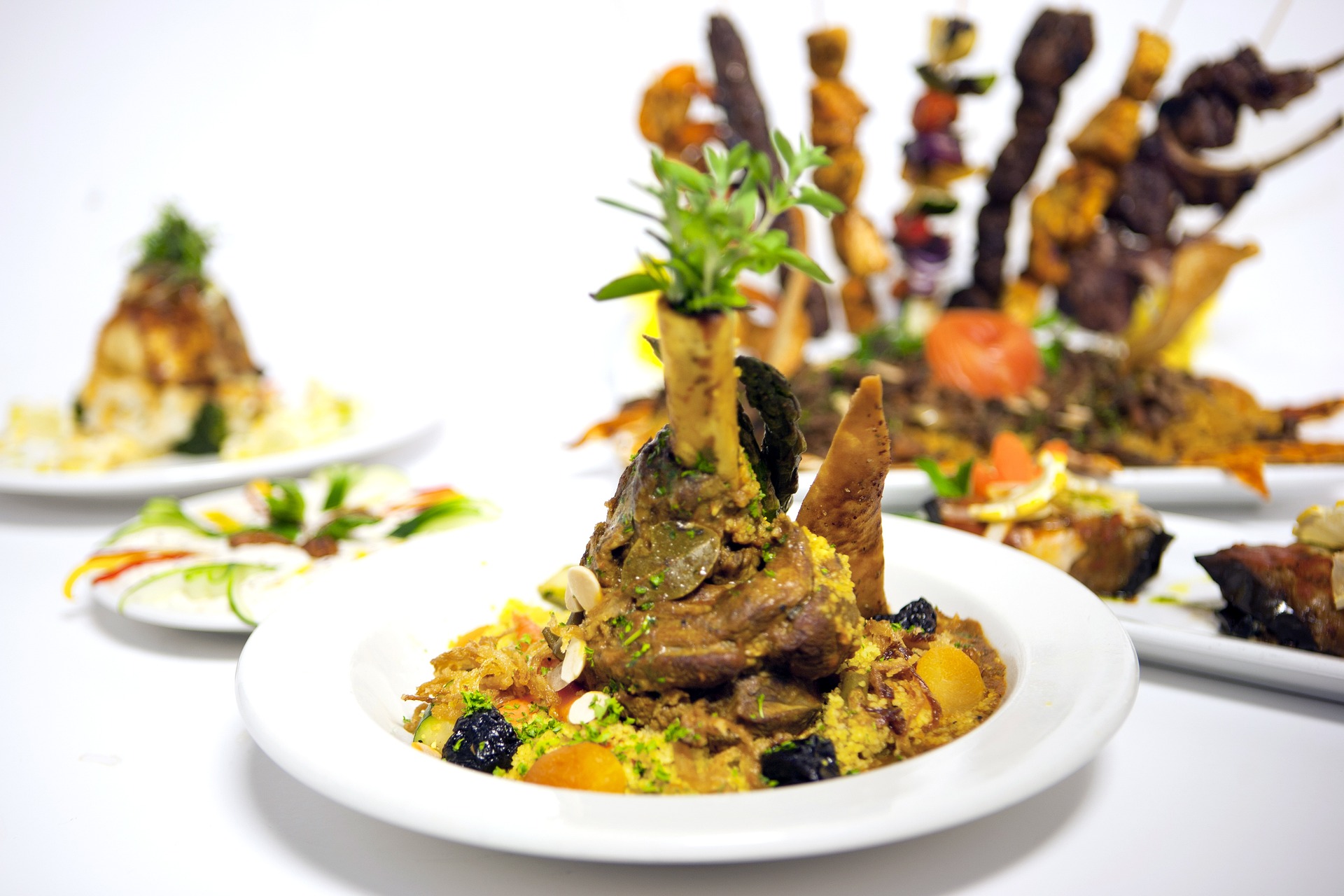Discovering the Aromatic World of Indonesian Cuisine
Indonesia, an archipelago of over 17,000 islands, offers a culinary tapestry as diverse as its geography. In this article, we'll dive into the aromatic world of Indonesian cuisine, a rich blend of indigenous traditions, and centuries of foreign influences.

A Melting Pot of Flavors
Indonesian cuisine is a kaleidoscope of flavors. It’s a food culture shaped by the country’s multi-ethnic composition, with each region contributing its distinctive dishes. The staple food is rice, served with a variety of side dishes, including meats, vegetables, and flavorful sauces. The archipelago’s abundant seafood and tropical fruits also feature prominently in Indonesian meals.
Notable Indonesian Dishes
Indonesia’s culinary diversity is reflected in its wide array of dishes. “Nasi Goreng,” a flavorful fried rice dish, is a national favorite. “Rendang,” a caramelized meat dish slow-cooked in rich spices and coconut milk, is another Indonesian culinary gem. “Sate” consists of skewered and grilled meat, served with a delectable peanut sauce.
Spice Islands: The Heart of Indonesian Cuisine
Indonesia was once known as the “Spice Islands,” a testimony to its central role in the global spice trade. These spices, including nutmeg, cloves, and pepper, have deeply influenced Indonesian cuisine. They’re used generously in dishes, creating a harmonious blend of sweet, sour, spicy, and savory.
Street Food: A Taste of Daily Life
Indonesian street food offers a window into the daily life of its people. From “Bakso,” a popular meatball soup, to “Martabak,” a stuffed pancake, the street food scene is vibrant and diverse. It’s an essential part of the local food culture and a must-try for any food enthusiast.
Indonesian Beverages: Beyond Coffee
Indonesia is renowned for its coffee, but its beverages extend beyond that. “Teh Botol,” a sweet jasmine tea, and “Es Teler,” a fruit cocktail with coconut milk and syrup, are popular refreshments. The traditional “Jamur Kombucha,” a fermented tea drink, is gaining recognition for its health benefits.
-
Indonesia is the world’s largest producer of nutmeg.
-
“Rendang” was voted the world’s most delicious food by CNN’s readers in 2011.
-
The traditional “Tempe” is a soy product, unique to Indonesia, and a great source of protein.
In conclusion, the world of Indonesian cuisine is a treasure trove for any food lover. Its rich flavors, unique dishes, and vibrant street food scene offer a culinary journey like no other. Whether you’re a seasoned gourmand or a curious foodie, it’s a cuisine that promises a delightful gastronomic adventure. So, step out of your comfort zone, and let your taste buds explore the aromatic world of Indonesian food.




